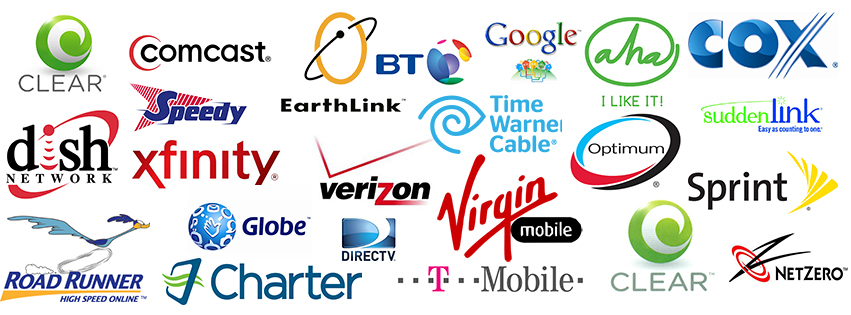What’s The Difference Between DSL Service And Dialup?

DSL service is very different from dial-up Internet access. Dial-up users must use an internal or external modem connected to the telephone line, and most computers have a dial-up modem inside, or a way to connect an external modem.
With DSL, a dial-up modem is not needed to connect. Standard DSL service usually includes a company-provided DSL modem and/or router that makes a connection to the phone jack and to the Ethernet port on your computer. A dial-up modem doesn’t require an Ethernet connection; it uses a standard telephone cable instead. You’ll need to provide your own modem when subscribing for dial-up service, but many DSL providers lease or sell DSL modems as part of the subscription package.
Even though DSL modems plug into your phone jack, you can still use the telephone when you are online, thanks to a special filter between the computer and the phone jack. Dial-up modems require the entire phone line, but calls can still get through if you use call waiting. Some modems are compatible with software that displays a message on your computer screen when you have incoming calls on call waiting, an important tool for a busy household.
DSL service is “always on” technology. The connection remains even when you aren’t using the Internet. Unless you physically turn off your DSL modem, you will always have a connection between the DSL service provider and your home. With a standard modem, the moment you turn off the computer, the connection is terminated.
Dial-up modems can be used from any location, an advantage for those on the go. DSL modems are intended to be used in one location only, because of the way your router/modem connects to the DSL service provider. If you have DSL service, but need a mobile connection solution for a laptop computer, consider investing in a wireless mobile broadband card to enhance your options. With a wireless card, you can connect to free wireless service in coffee shops and libraries without conflicting with your at-home Internet connection or paying additional fees for a wireless Internet subscription.
Telephone companies offer DSL service, but just like dial-up Internet; there are a large number of independent companies and corporations which offer service. It’s best to shop for DSL service the same way you would shop for a dial-up program. There are two important things that can affect who you choose as a DSL provider. In some areas your phone lines may be so old that they aren’t compatible with DSL service. This isn’t as common as it used to be, but in some rural areas you may have difficulty. Another factor (which is never an issue with dial-up Internet) is distance. If you are too far from the nearest DSL provider, you may not be able to get service in your area. Again, some rural areas suffer from this problem more than large cities.
Dial-up Internet and DSL are very different, and each has its own advantages. Regardless of which type of service you use, it’s important to shop around to find the best deal on your Internet service with a company that works best for you.





